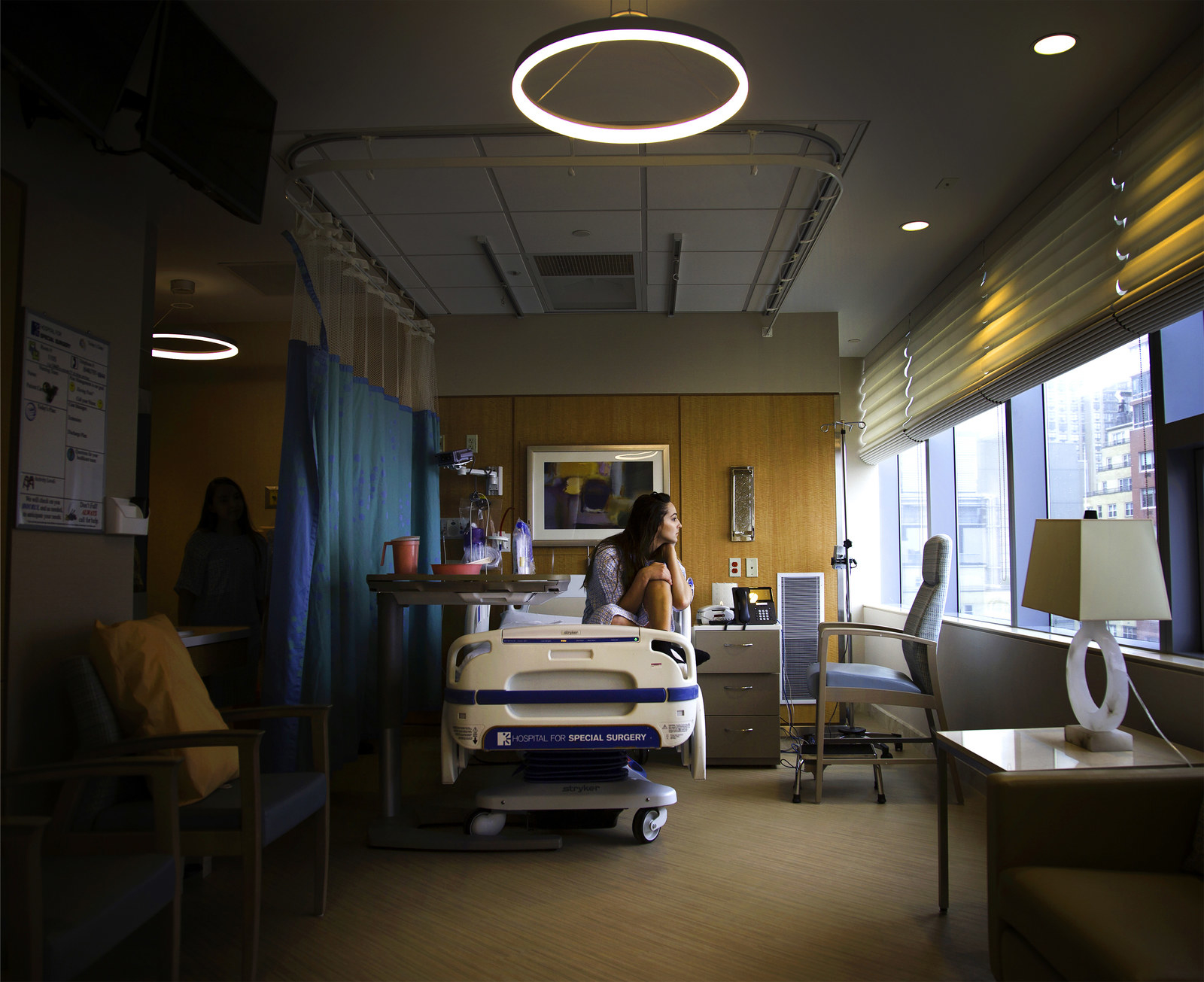Mónika Izing is a New York City–based photographer whose photo series Patient puts a spotlight on those coping with lupus — a chronic inflammatory disease that occurs when the body's own immune system begins to attack otherwise healthy cells.
For this project, Izing draws upon her own personal experiences in being diagnosed with the disease, bringing her camera into the treatment facilities to document the sterile, and at times tense, environments that those undergoing treatment often encounter.
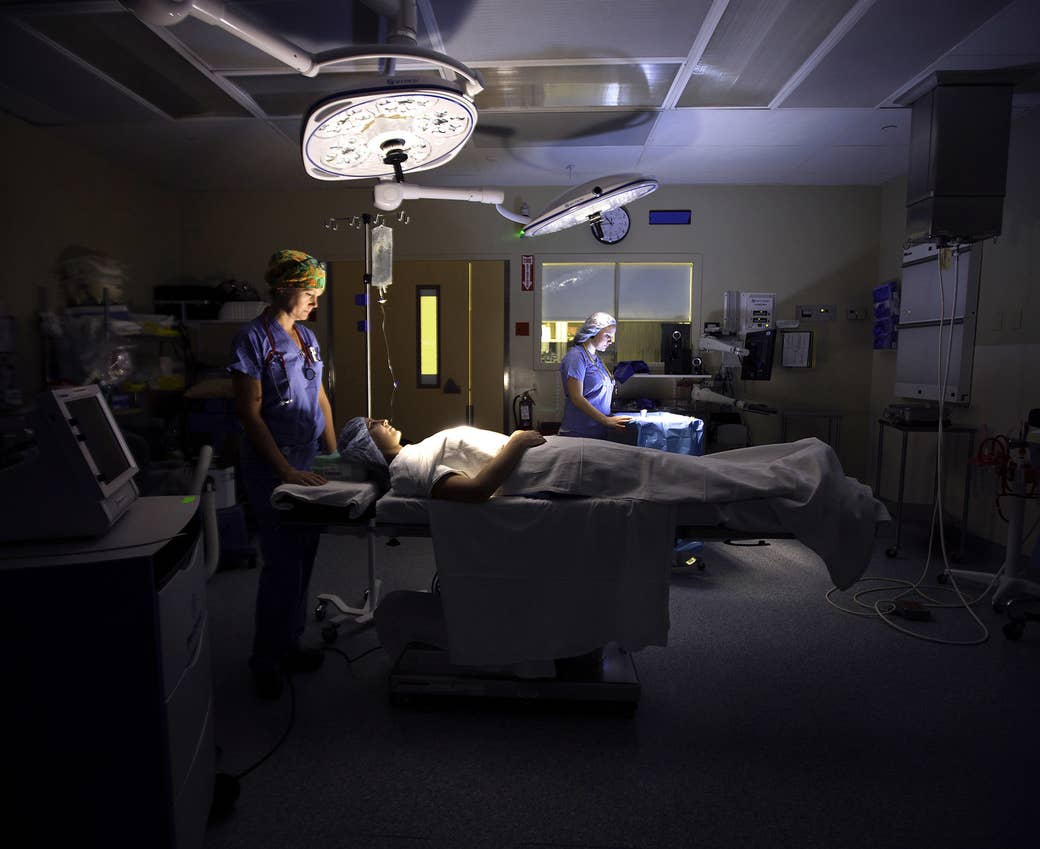
BuzzFeed News spoke with Izing about Patients and why this project is so important to her:
"This project is personal to me on many levels. I have been living with lupus for seven years and will be carrying it along with me for the rest of my life.
"I was 17, a senior in high school, and was struggling with buttoning my pants and opening my locker because the joints in my fingers were hurting so much. I was having headaches and fevers, constantly having to go to sleep immediately after school every day for hours. I lost a huge patch of my hair, felt confusion, and didn’t have any idea of why this was going on. I finally got some testing, and the lupus diagnosis was delivered as a mild form. My old doctor starting pumping me with some steroids, and I was not getting any better.
"One day, while at Target with my younger sister, the lights went bright, my body started shaking, and I fell to the ground. I was having a seizure; the lupus was in my brain. The ambulance came, I was rushed to the ER, they did a spinal tap and stuck a giant needle in my back. All I remember seeing was a machine with wires on my head, an IV in my arm, and needles moving everywhere.
"Even today it all feels like a strange nightmare. I was hospitalized, put on a seizure medication, more steroids, and eventually chemotherapy. It was in this extreme situation when my life changed."
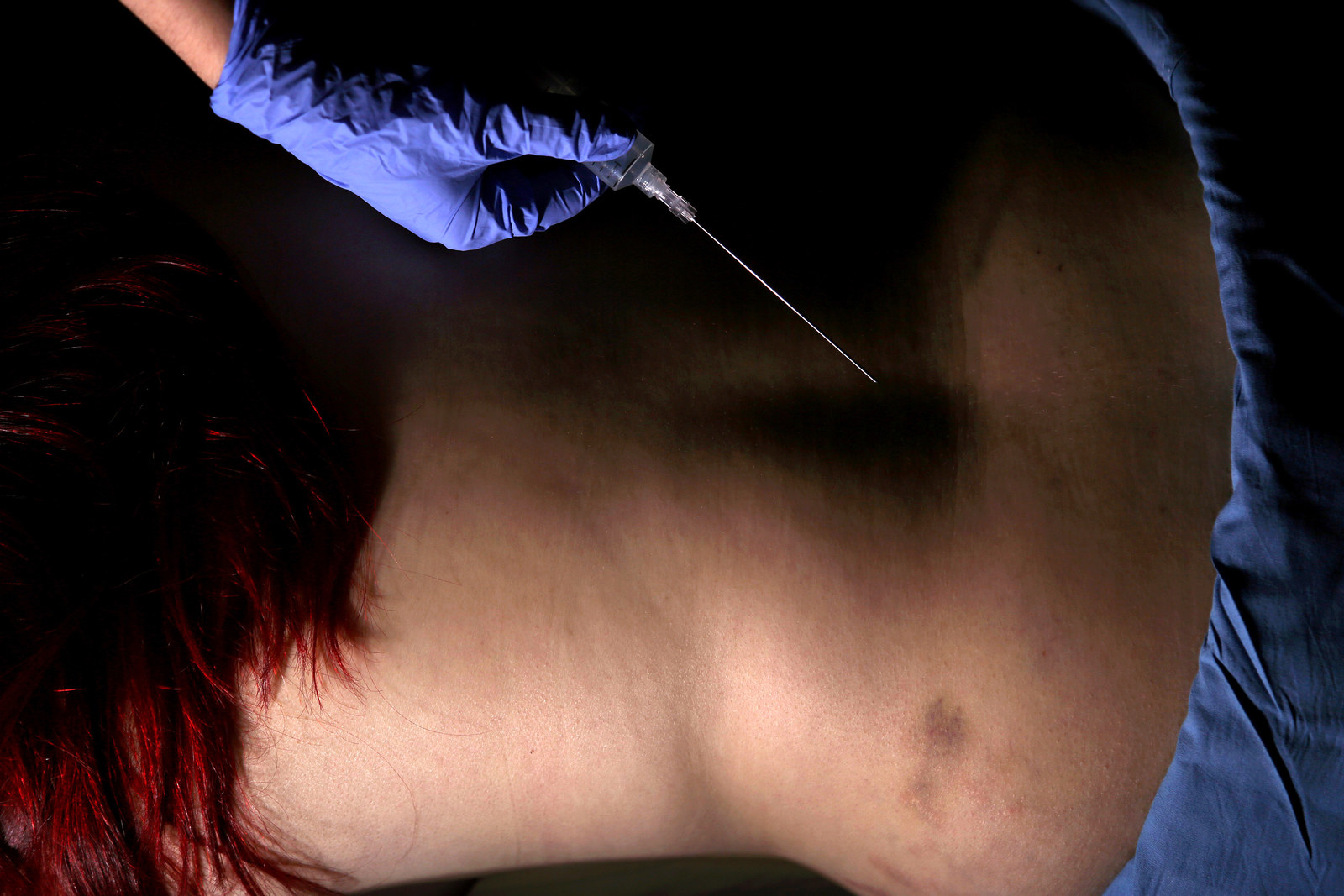
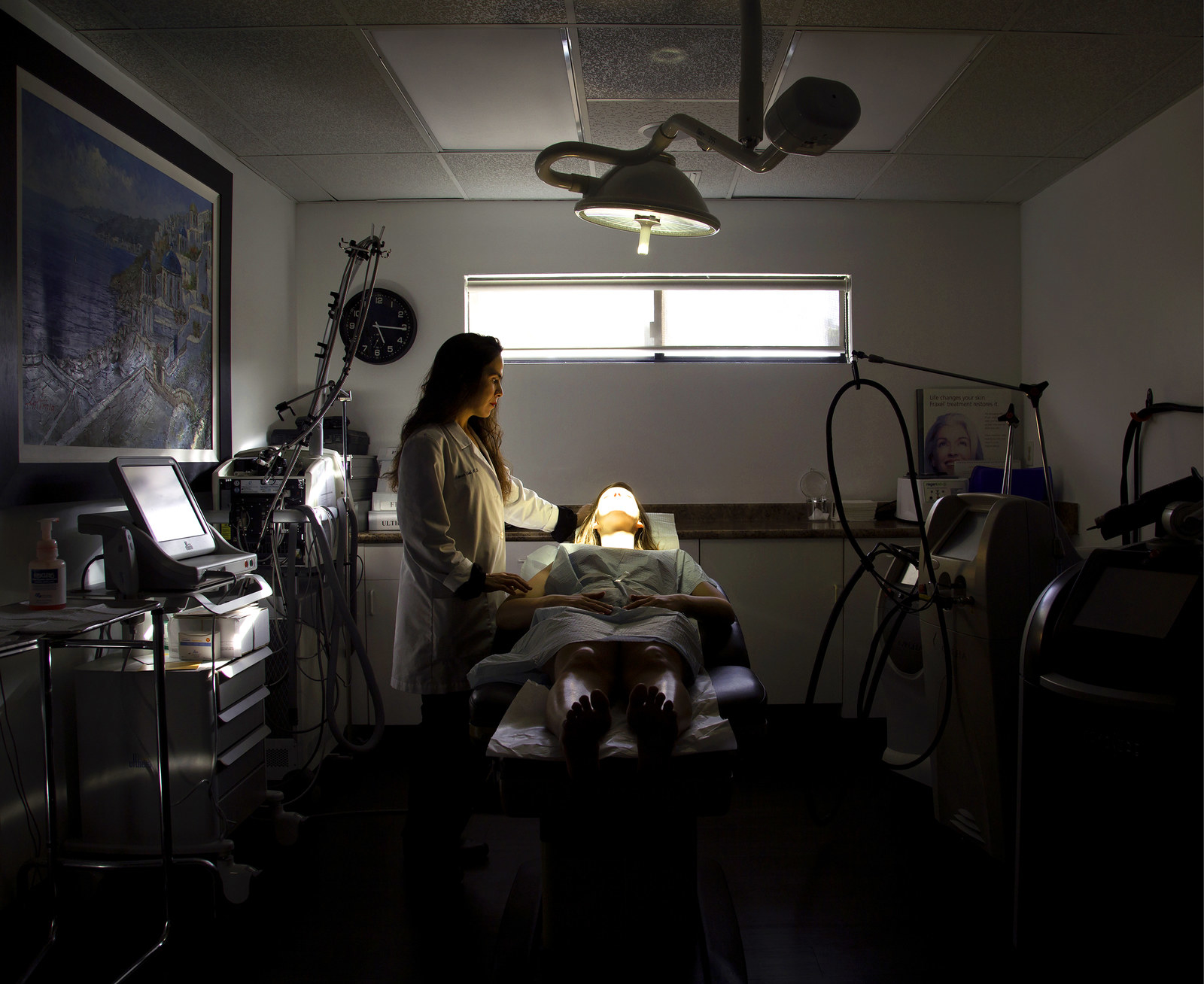
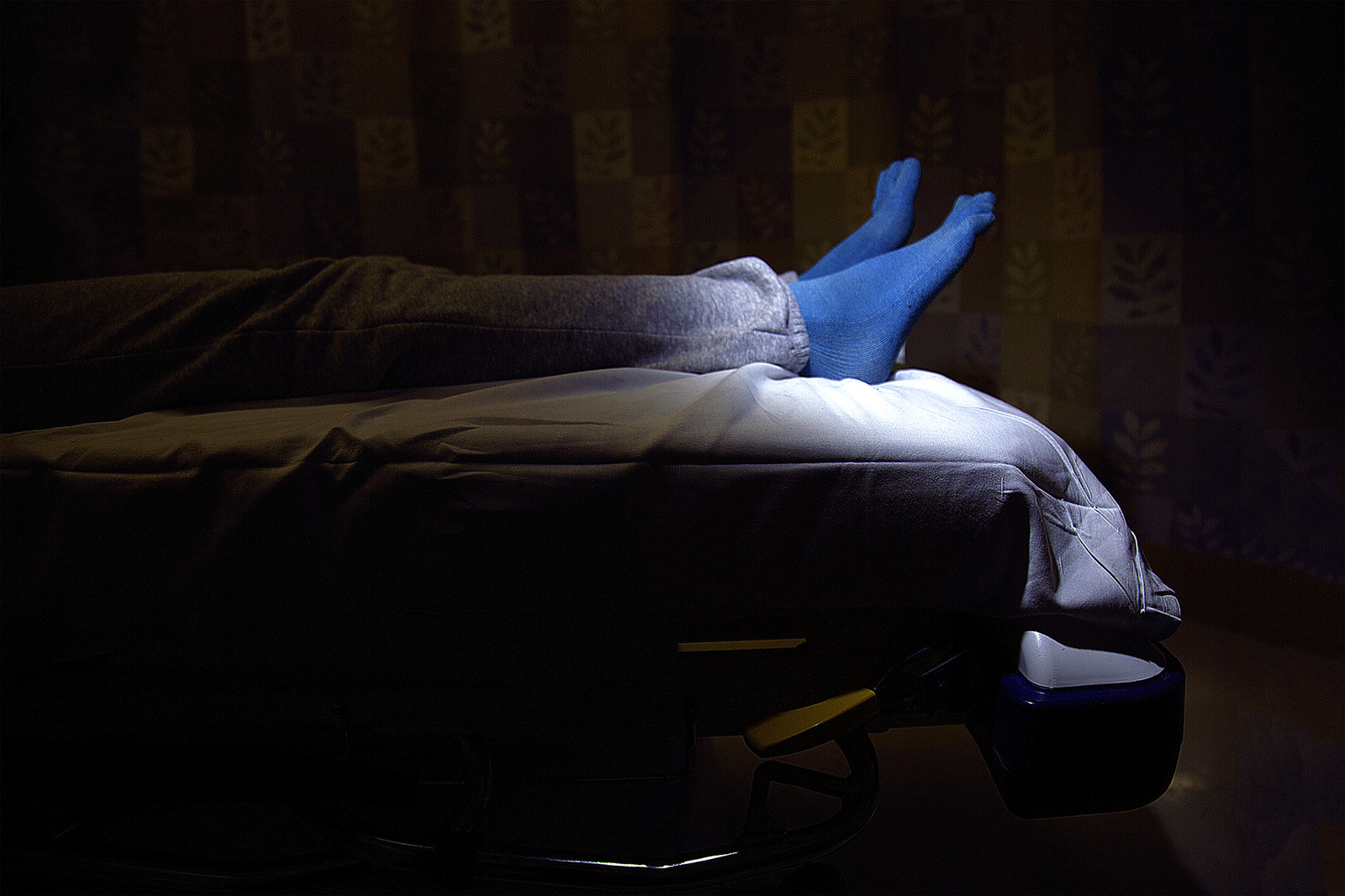
"Lupus is an autoimmune disease, meaning your body is attacking itself on the inside because it doesn’t recognize the difference between the good cells and the bad cells. It also is a chronic illness, meaning lifelong. There is no cure for lupus, but recently there have been a lot of advances in treatment and the possibility to put the disease in remission. Symptoms can be mild to severe, and every lupus case is different depending on the person. That is what makes the disease so complicated to explain and diagnose.
"Common symptoms of lupus can be fatigue, headaches, fevers, body aches, joint pain, and skin rashes — organs that are commonly affected by lupus are the skin, kidneys, heart, lungs, and brain. In many cases treatment is a lifelong battle, and depending on the severity of the person’s situation, there can be much more treatment, such as chemotherapy, drug infusion, and hospitalization for various reasons.
"In my case, we found an amazing lupus specialist, Dr. Horizon, who had the expertise and insight to help put me in remission. After a year of intense treatment, I started to get better, but the journey after was the hardest part. I was coming out of a place where my brain and body had turned on me.
"About three years ago, things suddenly got worse. My family found out that my little sister Eva also has lupus. She witnessed everything I went through, and it broke me to think that she might have to suffer in the same ways. It wasn’t easy to adjust to, but with all that I have learned, I knew that it was a blessing in disguise. I went through it all already, so we were able to catch it early before things got really terrible. We knew what doctor, what treatment, and what preventative measures to take. I could show her the way through the disease. It brought us closer and made lupus an even bigger part of my life and the work I produce."
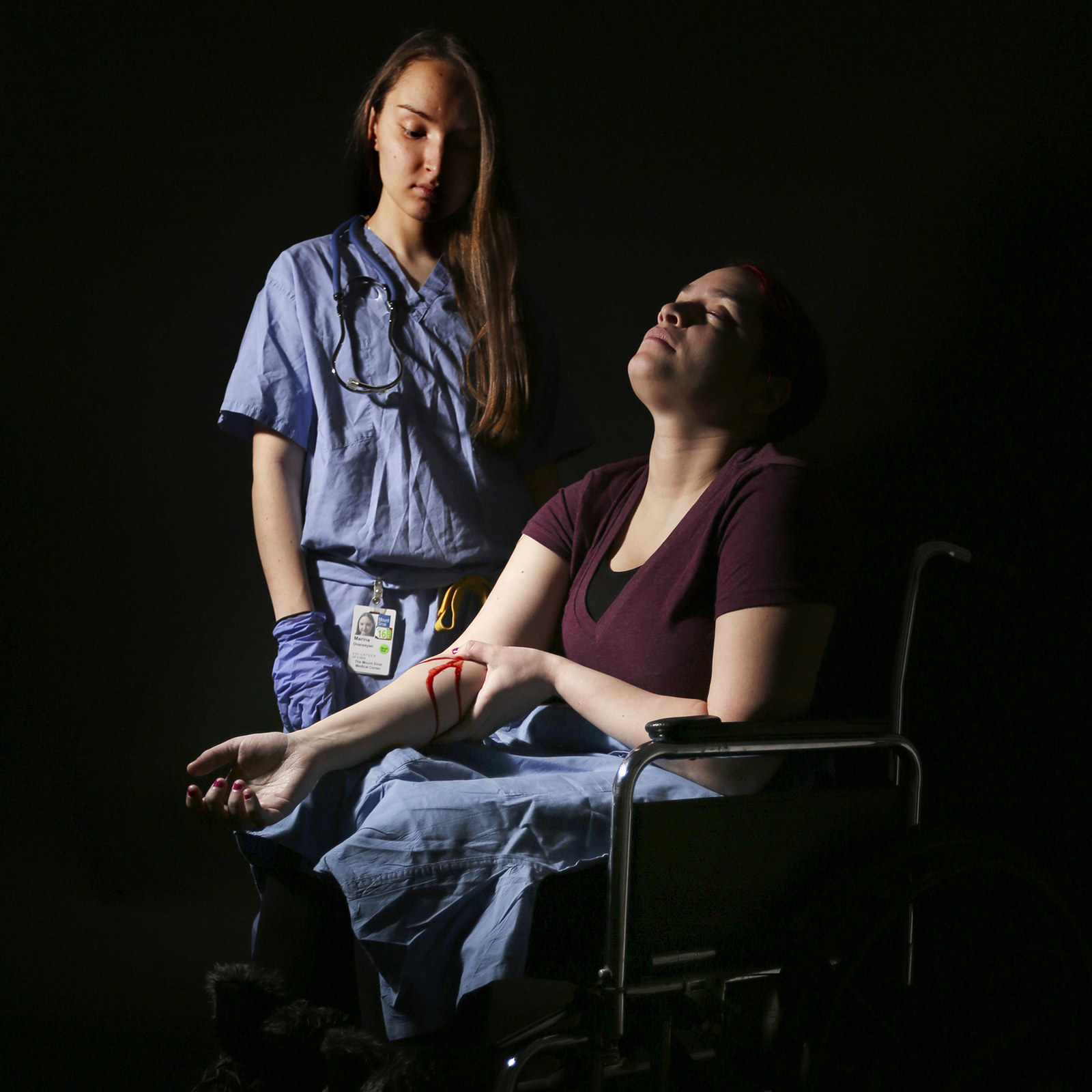
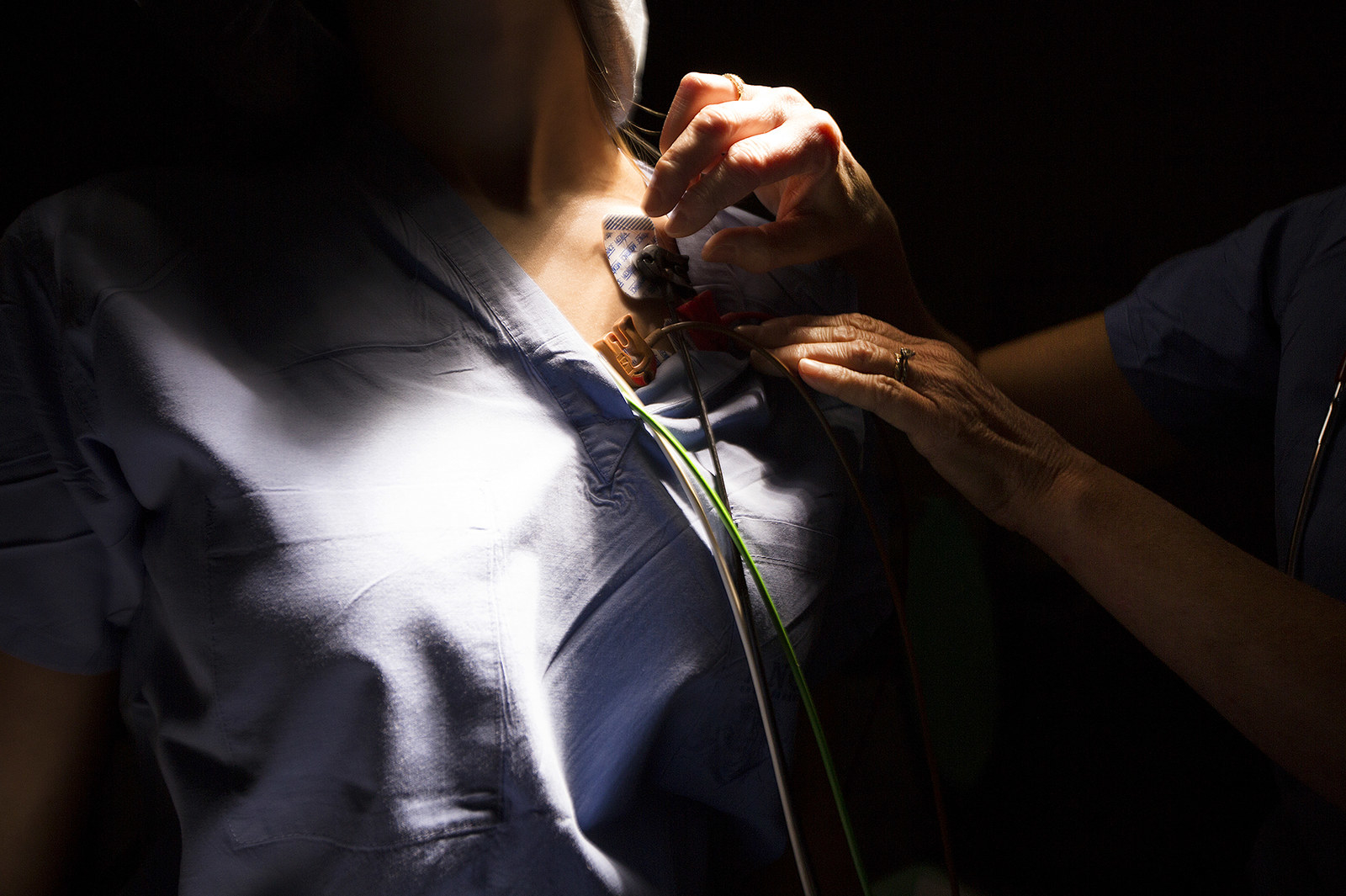
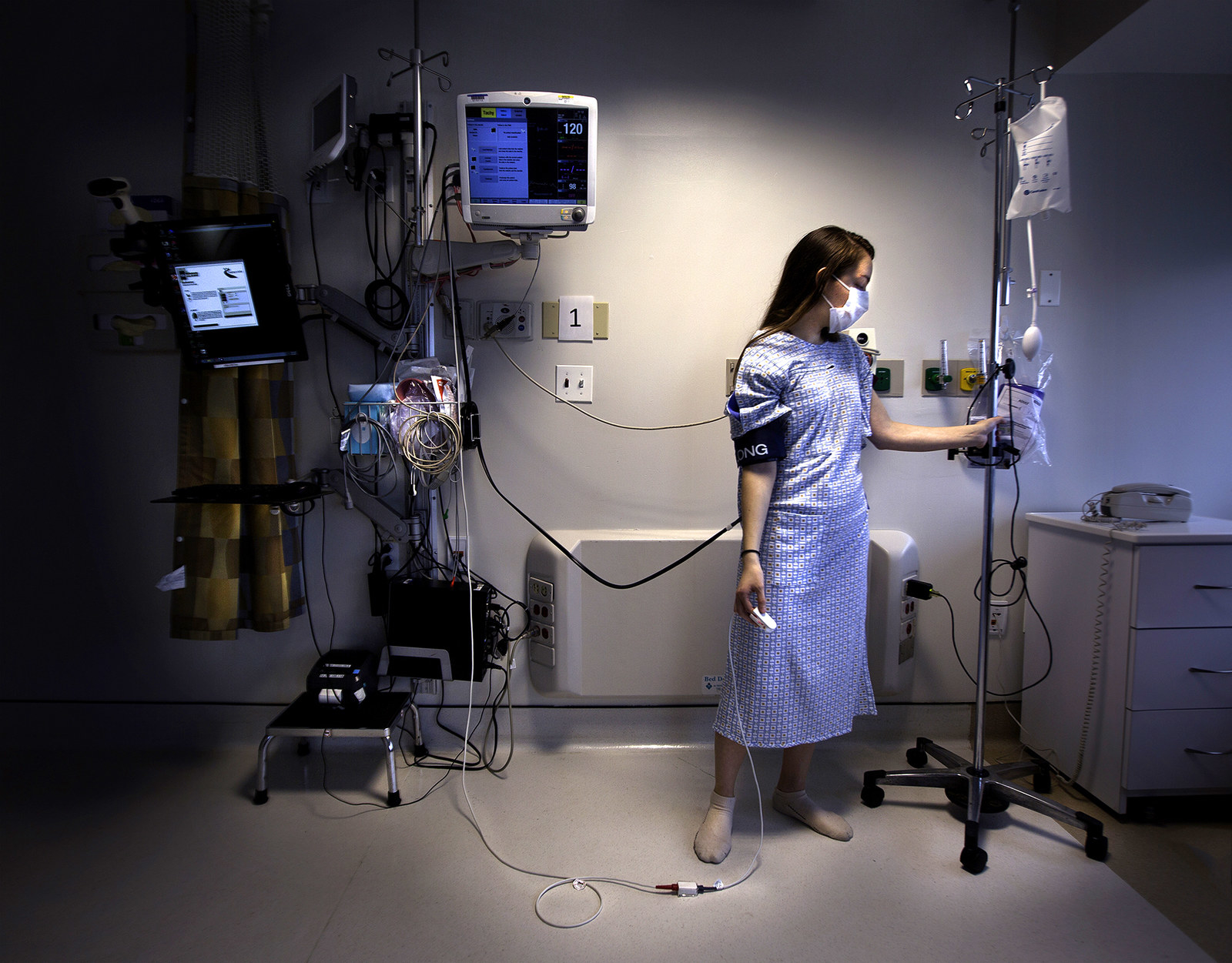
"The confusion and the pain were hard to move past, but it made me tough. And I had my art. I painted, I photographed, and I expressed ideas. That’s what took me to art school and beyond. I will be taking medicine for the rest of my life, but I’ve learned how fragile life is. I thought I was losing my life, and I’m able to not take it for granted now. If I can get up and go, then I’m going to actually make something with my life.
"For me personally, re-entering those medical spaces was both surreal and empowering. I had this thing take over me when I was really sick. Now, I am back in control of those spaces that were once traumatizing. This is where I am at now; I’m not the victim anymore.
"I know that have a lot of work ahead of me, but I think I can keep finding new ways of sharing this story. I think it is important to share different perspectives on disease and move beyond just my own experience. Everyone has something they have to deal with, and I would like to open up that conversation through photography."

"What I hope people take away from this work is a new perspective on illness. Even though you can see that someone is not doing well and has to be in the hospital, there is something beautiful and mesmerizing about the situation being photographed. I wanted that paradox to exist in the pictures, but also in the way people come away from looking at them. I think people should see the beauty in the world even when life gets scary. I want people to know that having a disease doesn’t have to be ugly, it can be a way to find inner strength and beauty.
"Life is tough, and my photography reflects that. If I didn’t struggle as much as I have, then I wouldn’t be as happy when things go well. I am proud of myself for surviving and making things happen. I’m here to share my unique perspective on how struggling with an illness can actually be a superpower."
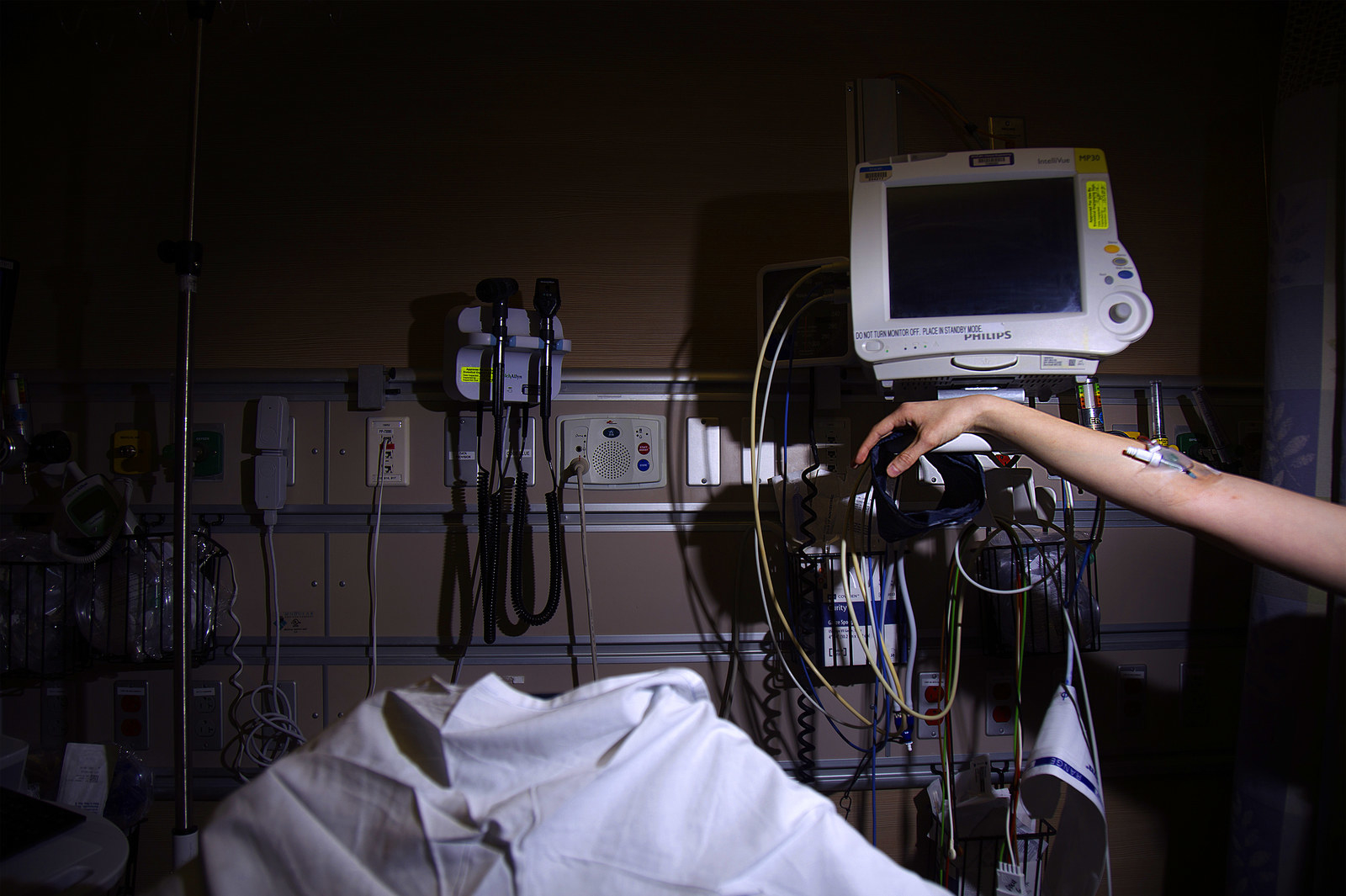
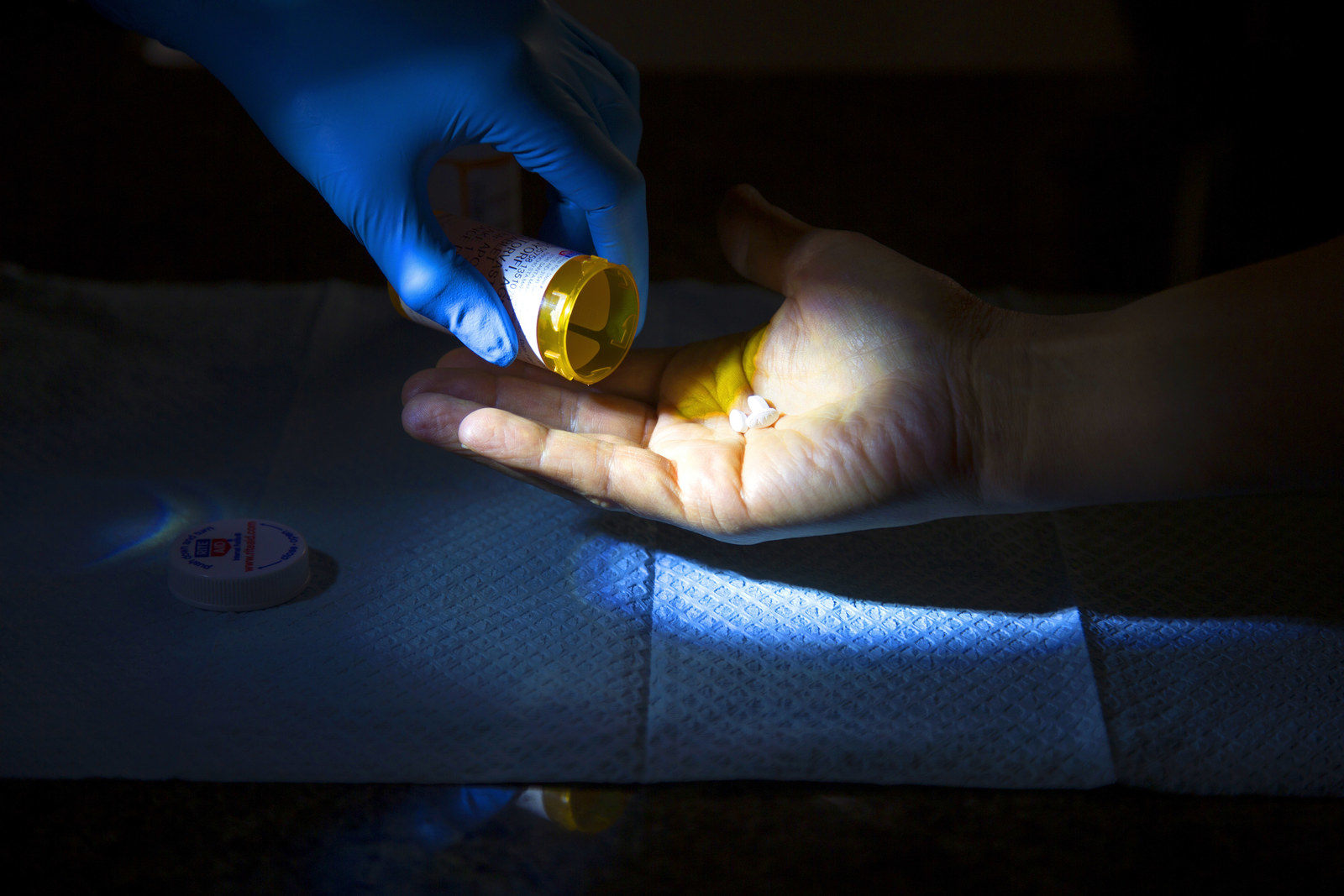
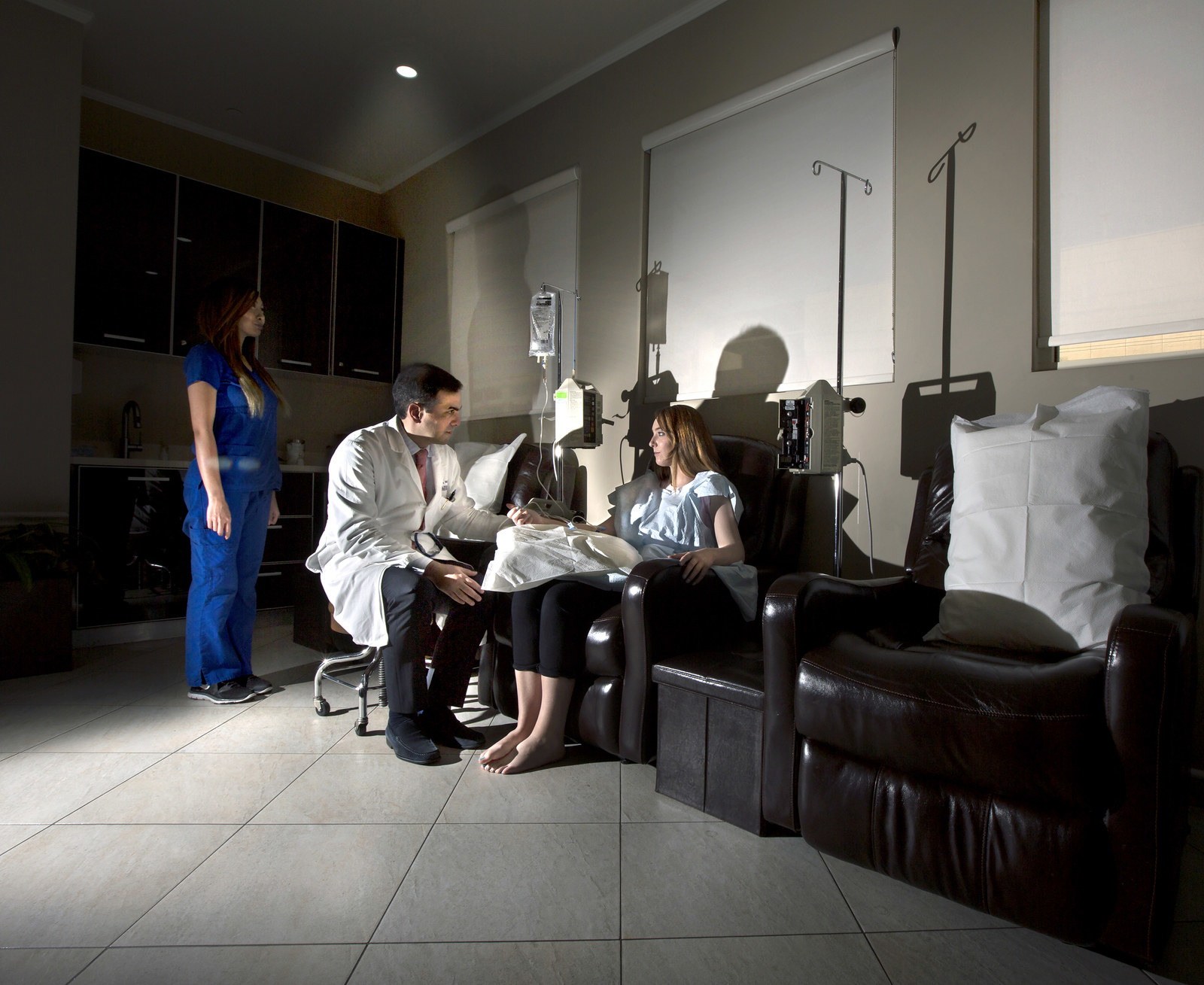
"An image that is particularly poignant for me is the one where I am sitting on the hospital bed looking out the window. In the shadows behind the hospital curtains, a figure is looming in the darkness facing the same direction as me.
"This photo hits me deep because it reminds me of that delicate balance I have been living in: I’m okay right now and I remain hopeful, but yet there will always be that darkness on the other side waiting to take over me. I’m aware of the situation I am in and can be okay with sometimes not being okay. That doesn’t mean I will give up or run away, because my life is worth fighting for.
"I now live in Brooklyn and am getting my MFA in photography. I have a Chihuahua that happens to be blind and likes to chew on her foot. She keeps me sane and reminds me of myself; we are both a little broken and quirky, but that is what makes us interesting.
"I feel like I am exactly where I am supposed to be. I crave new experiences and love being challenged. I’m making art. I’m discovering the city. I’m meeting new friends and making some amazing memories.
"This is what I believe life should be about, and I’m not slowing down for anything. I want all of life; the good and the bad. I want to taste new foods and get caught in surprise rainstorms. I want to see all the art shows and get lost on all the subways. I want to keep finding new ways to make photographs and at the same time continue questioning myself as an artist."
